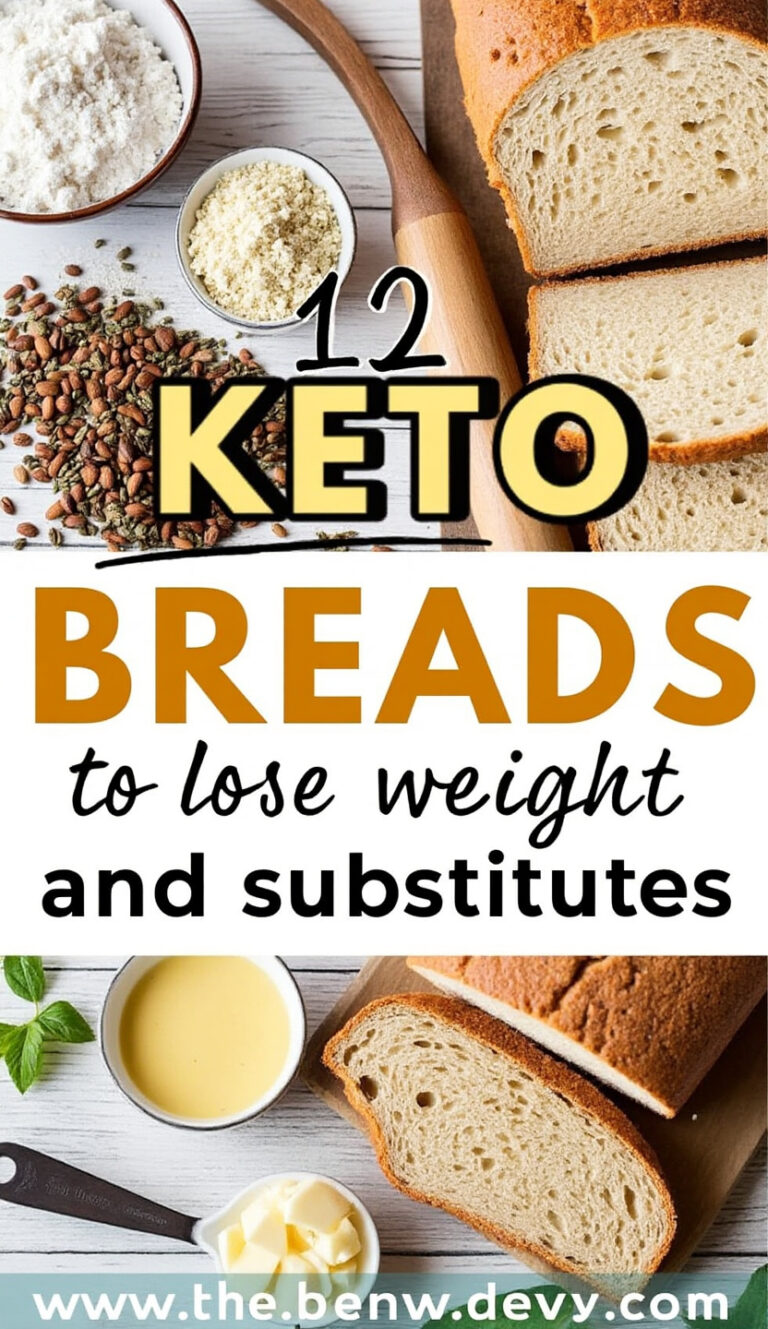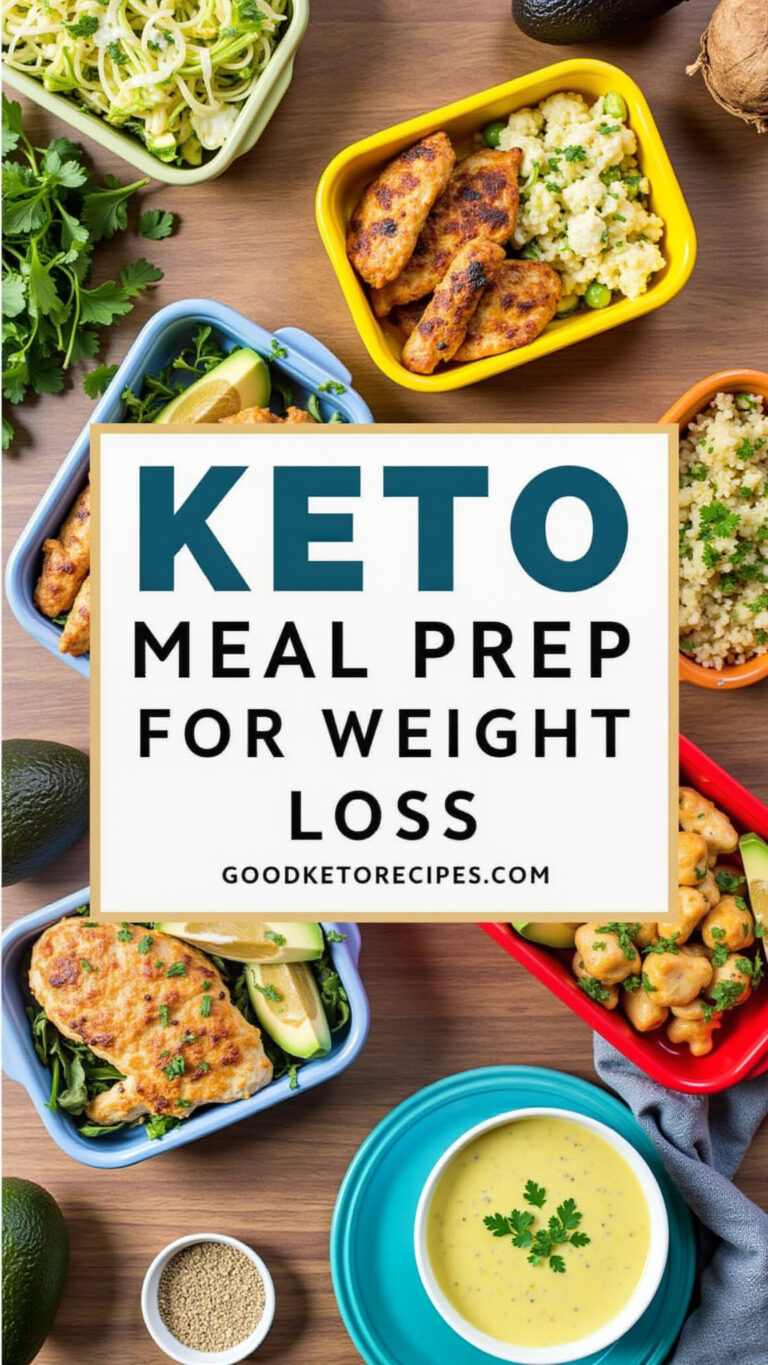Cyclical Keto: The Easy Guide
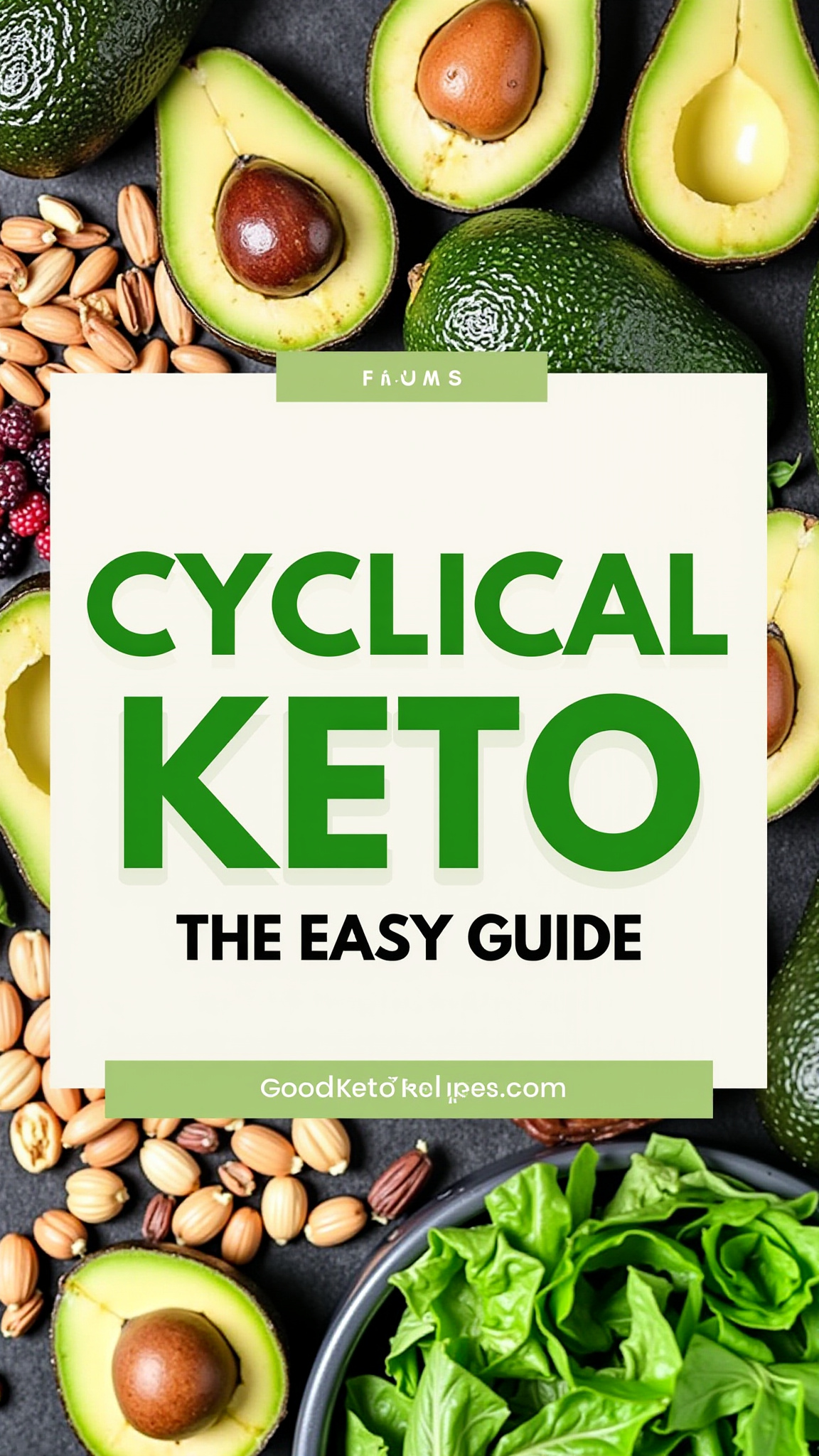
The ketogenic diet, celebrated for its fat-burning prowess, often feels restrictive. Enter the cyclical ketogenic diet (CKD), a variation that offers more flexibility while still harnessing the power of ketosis. This guide breaks down CKD, making it easy to understand and implement, whether you’re a seasoned keto dieter or just starting your journey.
What is the Cyclical Ketogenic Diet (CKD)?
The cyclical ketogenic diet is a dietary approach that combines periods of strict ketogenic eating with periods of higher carbohydrate intake, often referred to as “refeeding days.” The typical CKD cycle involves 5-6 days of a standard ketogenic diet followed by 1-2 days of carbohydrate refeeding. The goal is to maintain the metabolic benefits of ketosis while mitigating some of the downsides of long-term keto restriction.
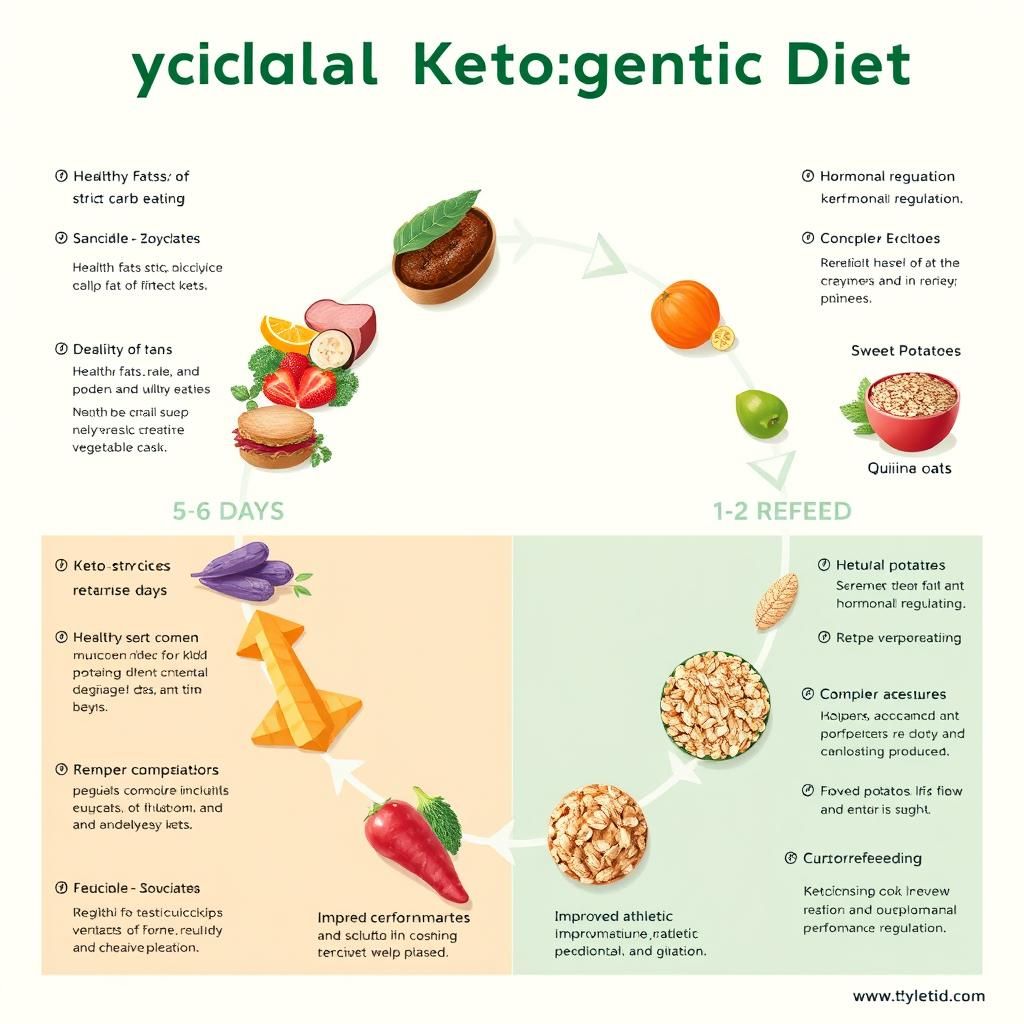
Key Differences from Standard Keto:
- Flexibility: CKD allows for planned periods of carbohydrate consumption, which can be beneficial for athletes or individuals who find long-term keto adherence challenging.
- Glycogen Replenishment: Refeeding days replenish muscle glycogen stores, potentially improving athletic performance and energy levels.
- Hormonal Balance: Some evidence suggests that cyclical refeeding may help regulate hormones like thyroid and cortisol.
Why Choose Cyclical Keto? The Benefits Explained
While the standard ketogenic diet offers significant benefits, such as weight loss and improved blood sugar control, CKD provides a unique set of advantages:
- Improved Athletic Performance: The primary reason many athletes adopt CKD is to replenish glycogen stores, which are crucial for high-intensity activities. Studies have shown that glycogen depletion can impair performance, and refeeding can help restore these stores.
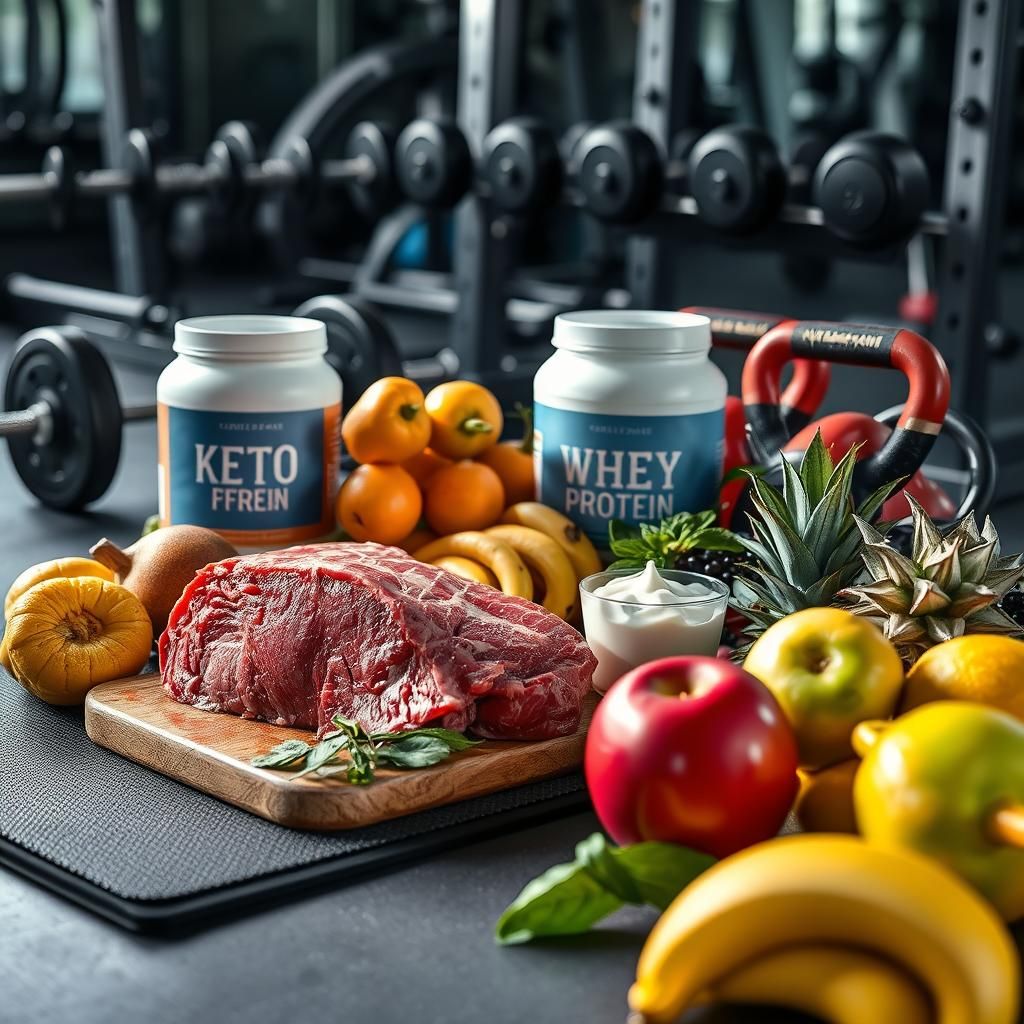
- Increased Adherence: The scheduled carb refeeds can make the diet more sustainable for some individuals. Knowing that you can enjoy higher-carb foods on certain days can reduce feelings of deprivation and make it easier to stick to the diet long-term.

- Hormonal Regulation: Prolonged ketogenic diets can sometimes impact hormone levels. Introducing periodic carb refeeds might help regulate hormones like thyroid hormone (T3) and cortisol, although more research is needed in this area. A study published in the “Journal of Clinical Endocrinology & Metabolism” highlighted the importance of carbohydrate intake for optimal thyroid function.
- Muscle Growth and Recovery: Insulin, which is elevated during carb refeeds, is an anabolic hormone that plays a role in muscle growth and repair. The increase in insulin during refeeding days can potentially enhance muscle protein synthesis, aiding in recovery and growth, especially after intense workouts.
- Variety and Enjoyment: Let’s face it, eating the same foods day in and day out can get boring. CKD adds variety to your diet, allowing you to enjoy a wider range of foods and social situations.

- Potential Metabolic Boost: Some proponents suggest that cycling between keto and carb refeeds can help prevent metabolic adaptation (where your metabolism slows down over time). However, this is still debated, and more research is needed to confirm this effect.
Understanding the Science Behind CKD
To fully grasp the potential of CKD, it’s helpful to understand the underlying science:
- Ketogenesis: During the keto phase, your body shifts from using glucose (from carbohydrates) to using ketones (from fat) as its primary fuel source. This metabolic shift leads to numerous benefits, including weight loss, improved insulin sensitivity, and enhanced mental clarity.

- Glycogen Depletion and Replenishment: When you restrict carbohydrates, your body depletes its glycogen stores, primarily in the muscles and liver. During the refeeding days, you consume carbohydrates, which are then converted into glucose and stored as glycogen.

- Insulin’s Role: Insulin, secreted in response to carbohydrate intake, is crucial for transporting glucose into cells and promoting glycogen storage. It also plays a role in muscle protein synthesis and fat storage. The goal of CKD is to strategically use insulin to replenish glycogen stores and support muscle growth without derailing ketosis for extended periods.
- Hormonal Influences: As mentioned earlier, CKD can influence hormone levels. Carbohydrate refeeds can temporarily increase thyroid hormone (T3) and decrease cortisol, potentially optimizing metabolic function. However, the exact impact of CKD on hormones varies from person to person.
Who is Cyclical Keto For? Ideal Candidates
CKD isn’t for everyone. It’s particularly well-suited for:
- Athletes: Especially those involved in high-intensity sports like CrossFit, weightlifting, and sprinting.
- Bodybuilders: Who need to replenish glycogen stores for optimal muscle growth and performance.
- Individuals Experiencing Keto Plateaus: If you’ve stalled on a standard keto diet, CKD might help break through the plateau.
- People Who Find Strict Keto Restrictive: The cyclical approach can make the diet more sustainable for those who struggle with long-term carbohydrate restriction.
Who Should Proceed with Caution:
- Individuals with Diabetes: While keto can be beneficial for managing blood sugar, CKD requires careful monitoring and adjustments, especially during refeeding days. Consult with a healthcare professional before starting CKD.
- People with Eating Disorders: The cyclical nature of CKD could potentially trigger or exacerbate disordered eating patterns. It’s essential to approach this diet with caution and seek support from a therapist or registered dietitian if needed.
- Pregnant or Breastfeeding Women: Keto diets are generally not recommended during pregnancy or breastfeeding due to potential risks to fetal development and milk production. CKD should be avoided during these times.
How to Implement Cyclical Keto: A Step-by-Step Guide
Ready to give CKD a try? Here’s a detailed guide to help you get started:
1. Establish a Baseline:
- Start with a Standard Keto Diet: Spend at least 2-4 weeks on a standard ketogenic diet (70-80% fat, 20-25% protein, 5-10% carbohydrates) to become fully keto-adapted. This allows your body to efficiently utilize ketones for fuel.
- Track Your Macros and Ketones: Monitor your macronutrient intake (fat, protein, carbs) and ketone levels (using urine strips, blood ketone meters, or breath analyzers) to ensure you’re in ketosis.

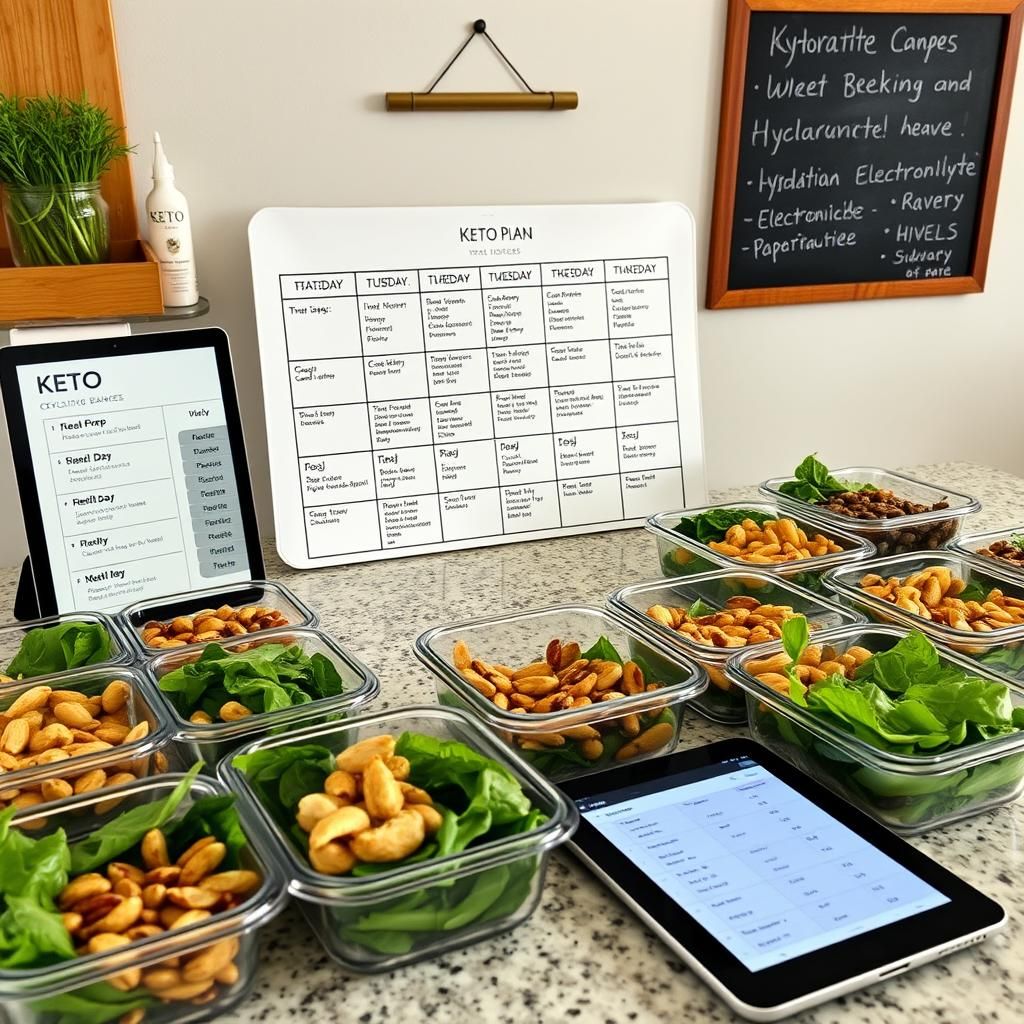
2. Determine Your CKD Schedule:
- Typical Protocol: The most common CKD protocol involves 5-6 days of keto followed by 1-2 days of carb refeeding.
- Adjust Based on Activity Level: Athletes involved in intense training might benefit from longer refeeding periods (e.g., 2 days), while those with lower activity levels may only need 1 day.
- Experiment and Monitor: There is no one-size-fits-all approach. Experiment with different schedules to see what works best for your body and performance goals.
3. Plan Your Keto Days:
- Macronutrient Ratios: Maintain the standard keto macronutrient ratios (70-80% fat, 20-25% protein, 5-10% carbohydrates).
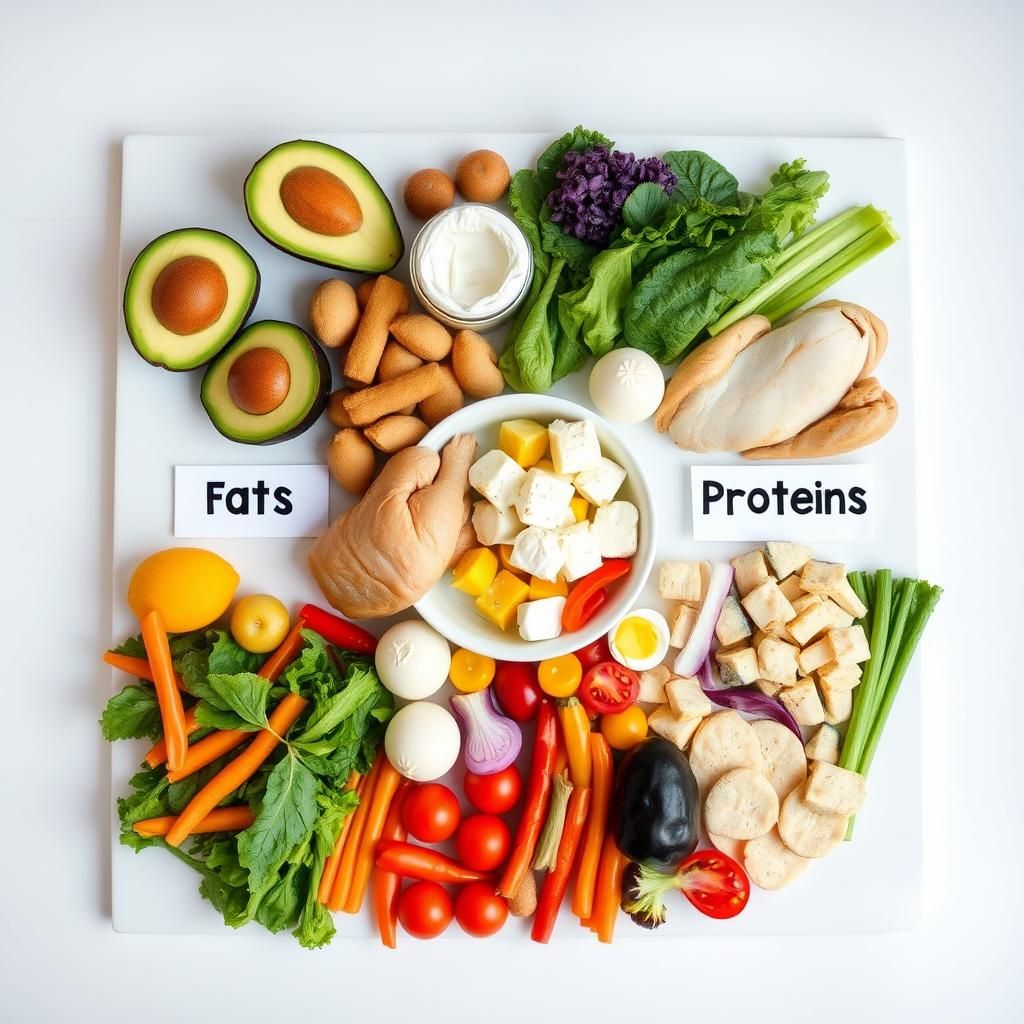
- Focus on Keto-Friendly Foods: Prioritize healthy fats (avocados, nuts, olive oil, coconut oil), moderate protein (meat, poultry, fish, eggs), and low-carb vegetables (spinach, kale, broccoli, cauliflower).
- Hydration is Key: Drink plenty of water to stay hydrated and support ketone production.
4. Plan Your Refeeding Days:
- Carb Loading: The goal of refeeding is to replenish glycogen stores, so you’ll need to consume a significant amount of carbohydrates. Aim for approximately 8-10 grams of carbohydrates per kilogram of body weight.
- Choose Healthy Carb Sources: Prioritize complex carbohydrates like sweet potatoes, quinoa, brown rice, oats, and fruits. Limit processed foods, sugary drinks, and refined grains.
- Moderate Protein: Maintain a moderate protein intake (around 1 gram per kilogram of body weight) during refeeding days to support muscle recovery.
- Lower Fat Intake: Reduce your fat intake during refeeding days to allow your body to efficiently utilize carbohydrates for glycogen storage.
- Example Refeeding Day Meal Plan (for a 70kg individual):
- Breakfast: Oatmeal with berries and nuts, protein shake
- Lunch: Sweet potato with grilled chicken, side salad
- Snack: Fruit smoothie
- Dinner: Brown rice with lean beef stir-fry, steamed vegetables
5. Monitor and Adjust:
- Track Your Progress: Monitor your weight, body composition, energy levels, and athletic performance throughout the CKD cycle.
- Ketone Testing: Regularly test your ketone levels, especially after refeeding days, to ensure you’re effectively transitioning back into ketosis.
- Adjust Based on Results: If you’re not seeing the desired results, adjust your macronutrient ratios, refeeding frequency, or activity level accordingly.
- Listen to Your Body: Pay attention to how you feel and make adjustments based on your individual needs and preferences.
Foods to Eat and Avoid on Cyclical Keto
Keto Days: Focus on These
- Healthy Fats: Avocados, olive oil, coconut oil, MCT oil, nuts and seeds, fatty fish (salmon, mackerel), grass-fed butter, ghee.
- Protein: Meat (beef, pork, chicken), poultry, fish, eggs, tofu, tempeh.
- Low-Carb Vegetables: Spinach, kale, broccoli, cauliflower, asparagus, zucchini, bell peppers.
- Dairy (in moderation): Cheese, heavy cream, Greek yogurt (full-fat, unsweetened).
Keto Days: Limit or Avoid
- Grains: Wheat, rice, oats, corn, barley.
- Sugary Foods: Candy, soda, juice, pastries, ice cream.
- Starchy Vegetables: Potatoes, sweet potatoes, corn, peas.
- Fruits (high-sugar): Bananas, grapes, mangoes.
- Legumes (in larger quantities): Beans, lentils, chickpeas.
Refeeding Days: Prioritize These
- Complex Carbohydrates: Sweet potatoes, quinoa, brown rice, oats, whole-wheat bread, fruits (berries, apples, bananas).
- Lean Protein: Chicken, turkey, fish, lean beef, tofu.
- Low-Fat Dairy: Skim milk, Greek yogurt (low-fat).
Refeeding Days: Limit
- High-Fat Foods: Fatty meats, fried foods, processed snacks.
- Sugary Foods: Candy, soda (consume in moderation, if at all).
- Processed Foods: Limit intake to maintain overall health.
Sample CKD Meal Plan
This is a sample meal plan. Adjust based on your individual needs and preferences.
Keto Days (Example)
- Breakfast: Scrambled eggs with avocado and spinach.
- Lunch: Salad with grilled chicken, olive oil dressing, and a handful of almonds.
- Dinner: Salmon with roasted broccoli and coconut oil.
- Snacks: Cheese, nuts, or a keto-friendly protein bar.
Refeeding Day (Example)
- Breakfast: Oatmeal with berries and nuts, protein shake
- Lunch: Sweet potato with grilled chicken, side salad
- Snack: Fruit smoothie
- Dinner: Brown rice with lean beef stir-fry, steamed vegetables
Tips for Success on CKD
- Plan Ahead: Meal planning is crucial for success on any diet, especially CKD. Plan your keto days and refeeding days in advance to avoid impulsive food choices.
- Hydrate: Drink plenty of water throughout the day to support ketosis and glycogen replenishment.
- Electrolyte Balance: Keto diets can lead to electrolyte imbalances. Supplement with sodium, potassium, and magnesium, especially during the initial adaptation phase.

- Listen to Your Body: Pay attention to how you feel and adjust your diet accordingly.
- Be Patient: It takes time to adapt to CKD. Don’t get discouraged if you don’t see results immediately.
- Track Your Progress: Monitor your weight, body composition, energy levels, and athletic performance to assess the effectiveness of the diet.
- Seek Professional Guidance: If you have any underlying health conditions or are unsure about how to implement CKD, consult with a registered dietitian or healthcare professional.
Potential Downsides and How to Mitigate Them
While CKD offers numerous benefits, it’s essential to be aware of the potential downsides:
- “Keto Flu”: During the initial keto adaptation phase, you might experience flu-like symptoms such as fatigue, headache, and nausea. This is due to electrolyte imbalances and dehydration. Mitigate this by staying hydrated, supplementing with electrolytes, and gradually reducing carbohydrate intake.
- Digestive Issues: Some individuals experience digestive issues such as constipation or diarrhea on keto diets. Increase your fiber intake with low-carb vegetables and consider taking a probiotic supplement.
- Hormonal Imbalances: Prolonged ketogenic diets can potentially impact hormone levels. Monitor your hormone levels and consider cyclical refeeding to help regulate hormones.
- Nutrient Deficiencies: Restrictive diets can increase the risk of nutrient deficiencies. Ensure you’re consuming a variety of nutrient-dense foods and consider taking a multivitamin.
- Difficulty Transitioning: Some people find it challenging to transition back into ketosis after refeeding days. Minimize this by gradually reducing your carbohydrate intake after refeeding and engaging in light exercise to deplete glycogen stores.
- Risk of Overeating on Refeeding Days: The planned carb refeeds can be a slippery slope for some, leading to overeating and weight gain. It’s important to plan and track your refeeding macros to stay on track.
The Future of Cyclical Keto: What to Expect
The research on CKD is still evolving, but early evidence suggests it can be a valuable tool for athletes and individuals seeking a more flexible ketogenic approach. Future research will likely focus on:
- Optimizing CKD Protocols: Determining the ideal refeeding frequency and duration for different populations and activity levels.
- Long-Term Effects: Assessing the long-term health impacts of CKD compared to standard keto and other dietary approaches.
- Hormonal Modulation: Investigating the effects of CKD on hormone levels and metabolic function.
- Personalized CKD: Developing personalized CKD protocols based on individual genetics, metabolism, and lifestyle factors.
Is Cyclical Keto Right for You?
The cyclical ketogenic diet offers a unique and potentially beneficial approach to ketogenic eating. By incorporating planned periods of carbohydrate refeeding, CKD can enhance athletic performance, improve adherence, and potentially regulate hormone levels. However, it’s not for everyone. Careful planning, monitoring, and attention to individual needs are crucial for success. If you’re an athlete, someone who struggles with strict keto, or simply looking for a more flexible approach to fat loss and metabolic health, CKD might be worth exploring. Always consult with a healthcare professional before making significant dietary changes. Embrace the cyclical journey, and discover the power of strategic carbohydrate cycling!
Check Out This
Explore these resources for more information and guidance:
Affiliate Link Disclosure: Some of the links in this post are affiliate links. This means that if you click on the link and make a purchase, I may receive a small commission at no extra cost to you. I only recommend products or services that I personally use and believe will be valuable to my readers.

